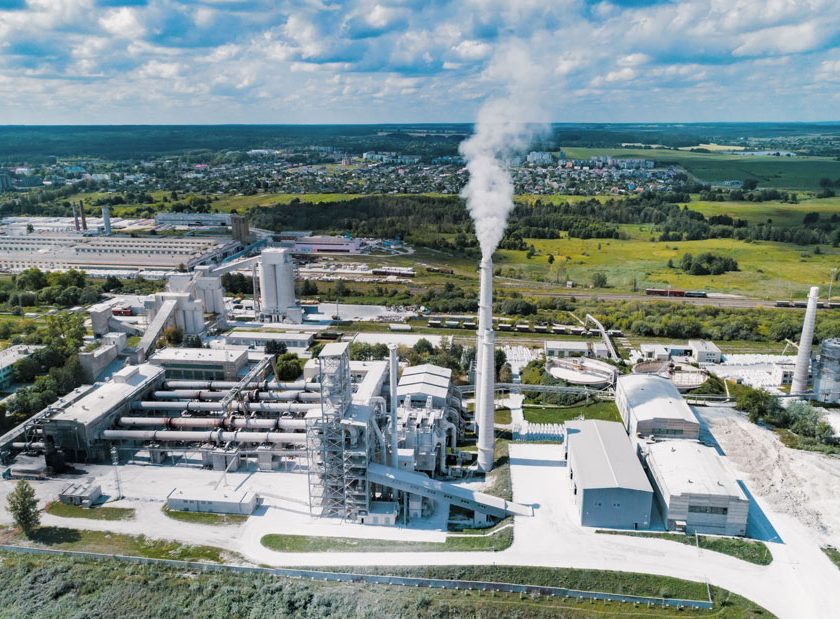World Business Council for Sustainable Development (WBCSD)’s Cement Sustainability Initiative’s (CSI) new Product Category Rules (PCR) for unreinforced concrete offer producers a common methodology to prepare Environmental Product Declarations (EPDs) for their mixes. CSI membership includes all multinational companies with integrated North American operations: Argos, CRH, Cemex, GCC, Heidelberg, Holcim, Lafarge, Taiheiyo, Titan and Votorantim.
The initial PCR focuses on production impacts up to the concrete delivery point, known as “cradle-to-gate.” CSI is also investigating whether concrete’s contribution to the sustainability of a structure during its use and end-of-life can be captured in a systematic way, netting data for “cradle-to-grave” EPD. Declarations provide relevant, verified and comparable information about a product’s environmental impact – based on life-cycle assessment – and are positioned for favorable treatment in the forthcoming LEED v4 green building rating system. By providing data in a standardized format, EPD offer a robust basis for identifying products that have the least environmental impacts through a building’s life cycle.
Through a common PCR, CSI is offering members and the wider industry reference methodology. The rules are vital to the concept and practice of EPD, establishing the assumptions, scope and functional units of measure – preventing producer alteration to favor certain mixes. Declarations can be compared only when they are based on the same PCR, ensuring that the methodology, data quality and indicators are consistent, and that all the relevant life cycle stages have been included.
The CSI PCR is registered under the International EPD System (Environdec); is based on the ISO standard for EPD (ISO 14025:2006); and complies with the European standard for construction products (EN 15804:2012). It also takes into account standard developments in other regions, particularly the U.S. The tool’s flexibility allows local adaptation to applicable laws and industry practice in different regions (e.g. treatment for allocation of slag).



